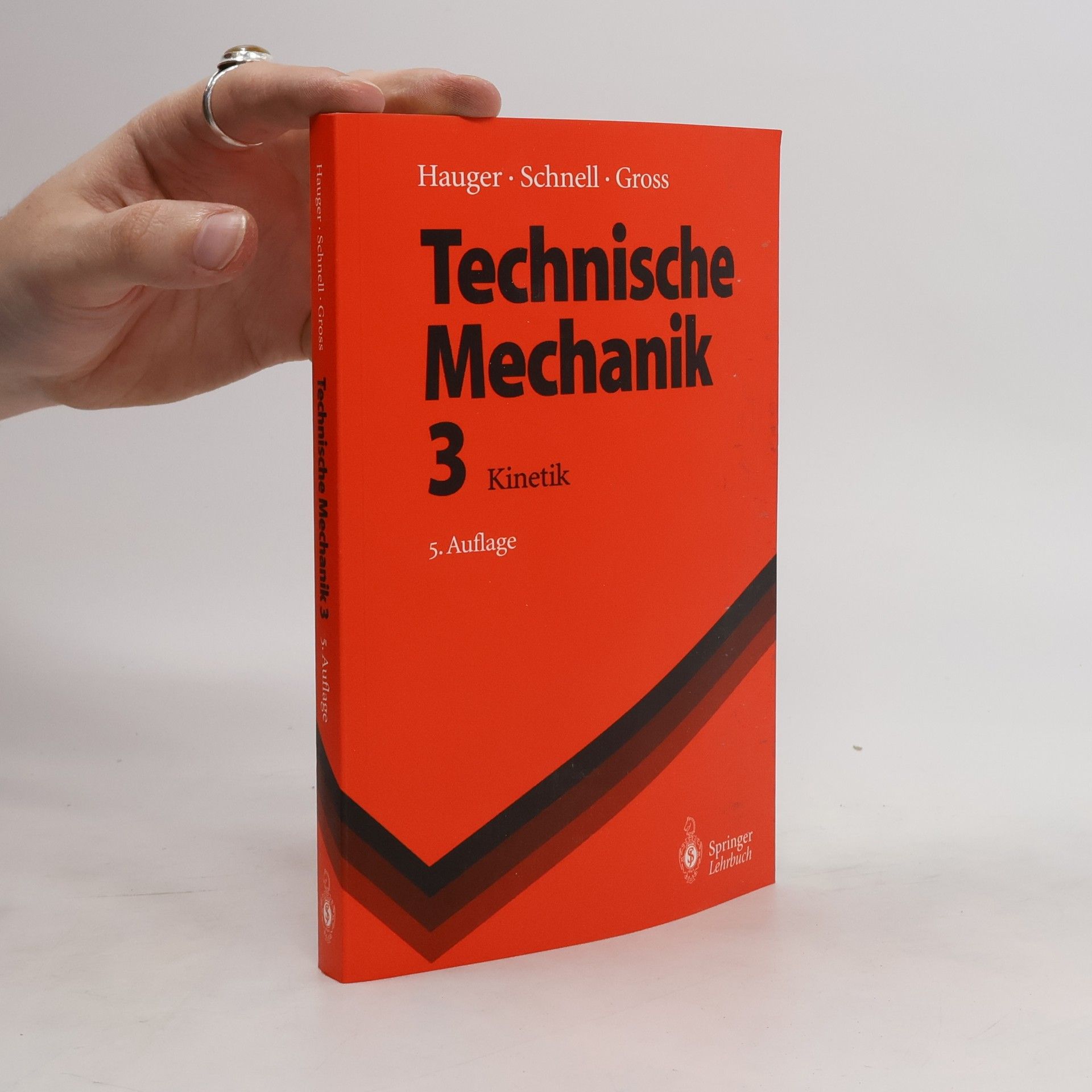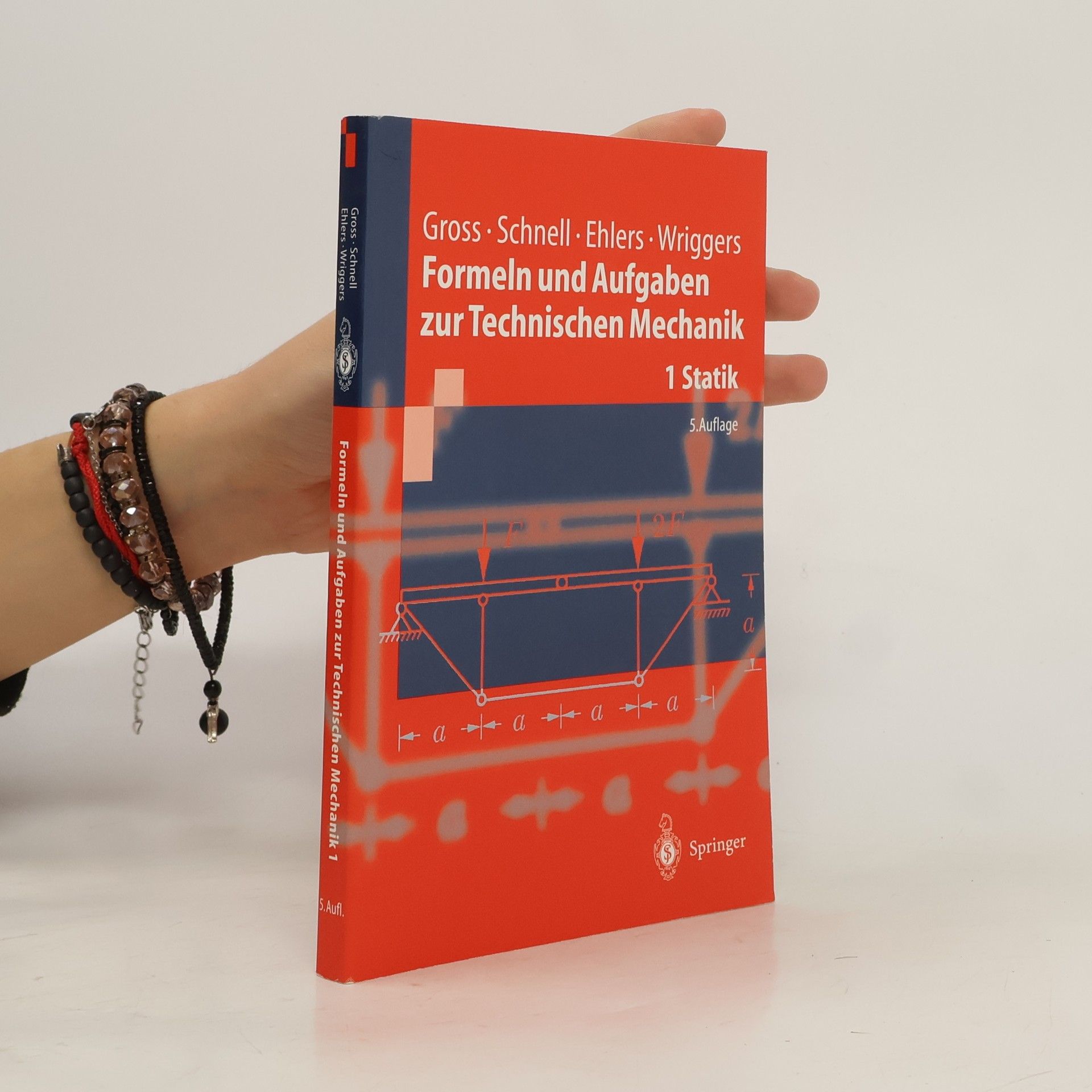Die 9. Auflage der bewährten Bände zur Technischen Mechanik in neuem, vierfarbigen Layout und noch übersichtlicher: „Kinetik“ ist der dritte Teil des vierbändigen Lehrbuchs für Ingenieurstudenten und Praktiker. Das didaktisch ausgefeilte Werk vermittelt das Verständnis der wesentlichen Grundgesetze und hilft Fähigkeiten zu entwickeln, mit Hilfe der Mechanik Ingenieurprobleme zu formulieren und selbstständig zu lösen. Der möglichst einfache Zugang wird den unterschiedlichen Kenntnissen der Studienanfänger gerecht. Die zahlreichen Beispiele sollten Leser schriftlich nachvollziehen. Band 1: Statik, Band 2: Elektrostatik, Band 4: Hydromechanik.
Dietmar Gross Boeken
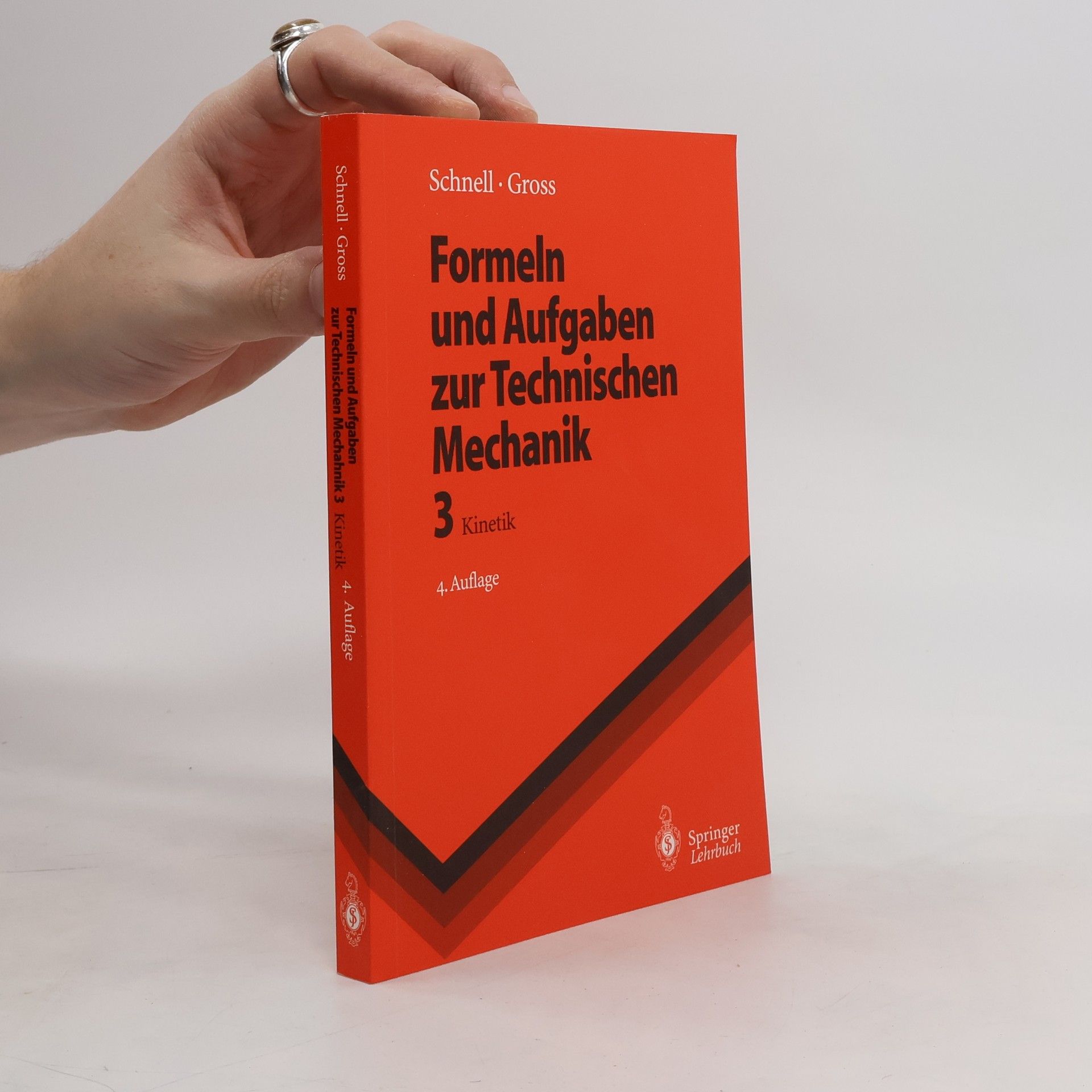

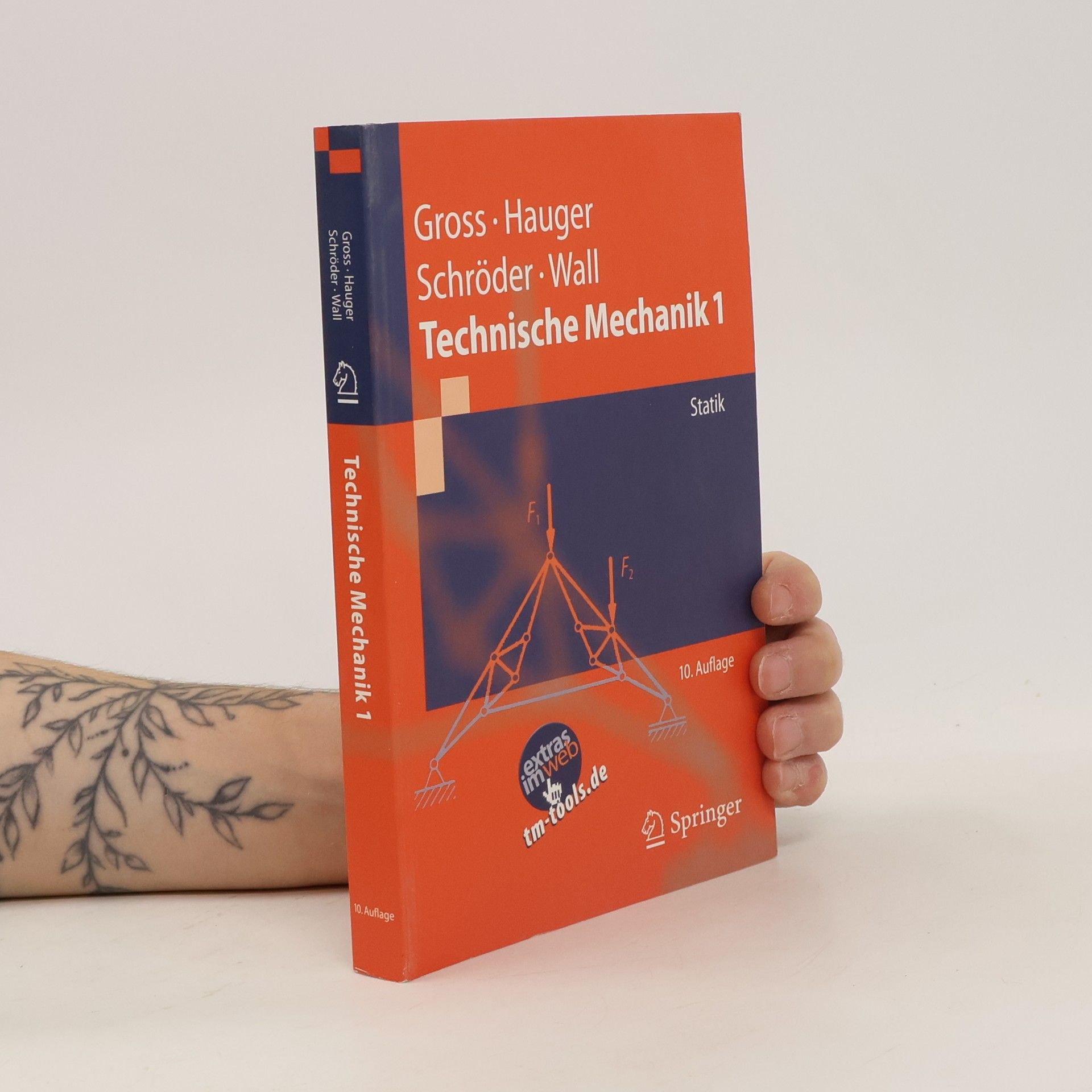


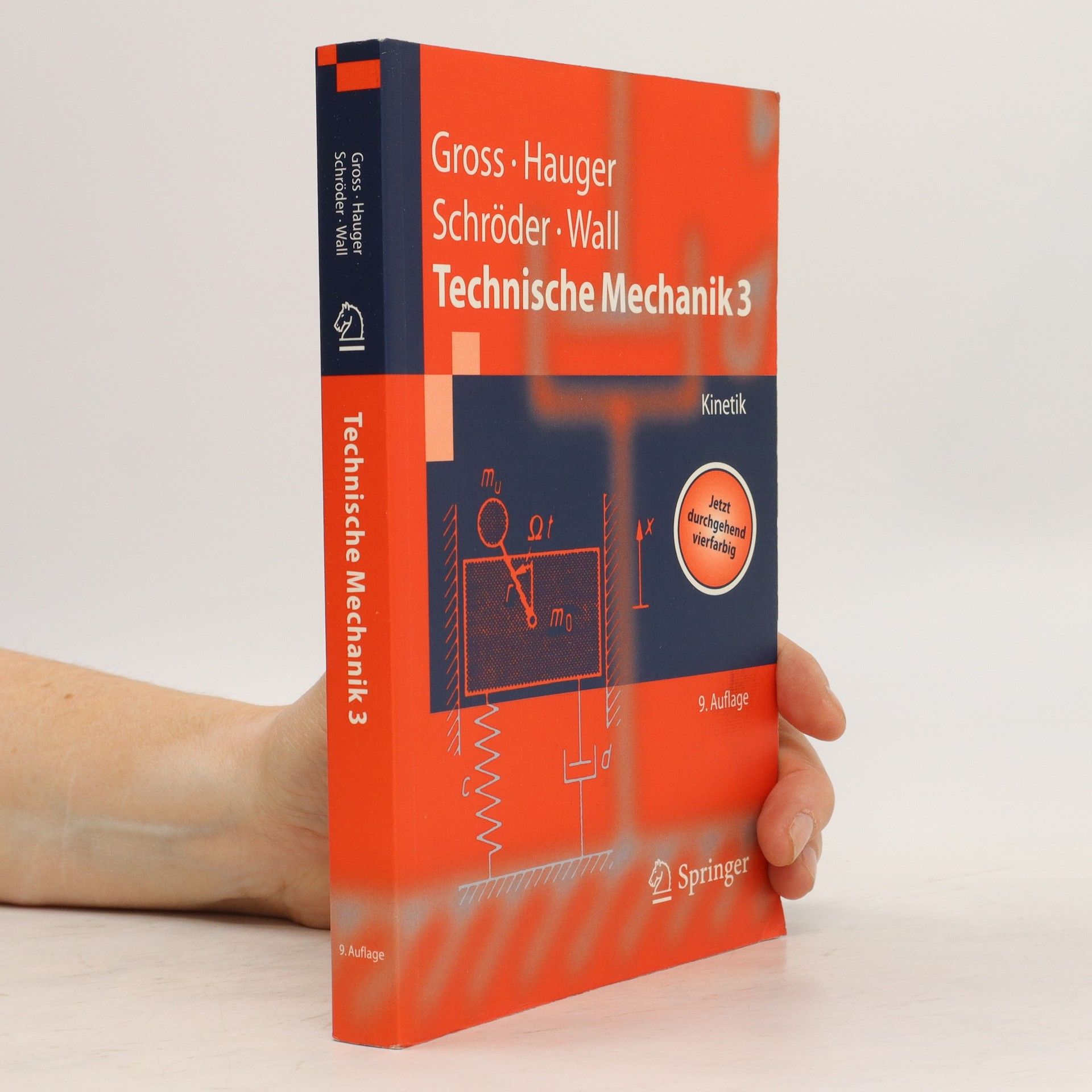
Der Band Kinetik ist der dritte Teil der vierbändigen Lehrbuchreihe Technische Mechanik. Ziel des didaktisch ausgefeilten Werkes ist es, das Verständnis der wesentlichen Grundgesetze der Mechanik zu vermitteln und die Fähigkeit zu entwickeln, mit Hilfe der Mechanik Ingenieurprobleme zu formulieren und selbständig zu lösen. Es wurde ein möglichst einfacher Zugang zur Mechanik gewählt. Der dargestellte Stoff orientiert sich am Umfang der Mechanikkurse an deutschsprachigen Hochschulen und ist für alle Bachelor-, Master- und Diplomstudiengänge hervorragend geeignet. Das Buch enthält zahlreiche vollständig durchgerechnete Beispiele, mit deren Hilfe der Leser die Anwendung der Grundgesetze trainieren kann. Als Extras werden im Internet Applets zu Beispielen des Buches angeboten. Der Bestseller zur Technischen Mechanik erscheint jetzt in der aktualisierten, neu gestalteten 14. Auflage. In Kapitel 2, Kinetik eines Systems von Massenpunkten, und Kapitel 4, Prinzipien der Mechanik, wurden Verbesserungen und Ergänzungen vorgenommen. Band 1 behandelt die Statik, Band 2 die Elastostatik und Band 4 die Hydromechanik sowie Höhere Mechanik und die Numerischen Methoden. Ergänzt werden die Lehrbücher durch sorgfältig abgestimmte Aufgabenbände. Auf Grund des großen Erfolges ist die Lehrbuchreihe auch in englischer Sprache als dreibändiges Werk unter dem Titel „Engineering Mechanics“ erschienen.
Der Band Elastostatik ist der zweite Teil des vierbändigen Lehrbuchs; er erscheint nun in der 13. Auflage. Ziel des didaktisch ausgefeilten Werkes ist es, das Verständnis der wesentlichen Grundgesetze der Mechanik zu vermitteln und die Fähigkeit zu entwickeln, mit Hilfe der Mechanik Ingenieurprobleme zu formulieren und selbständig zu lösen. Es wurde ein möglichst einfacher Zugang zur Mechanik gewählt. Der dargestellte Stoff orientiert sich am Umfang der Mechanikkurse an deutschsprachigen Hochschulen und ist für alle Bachelor-, Master- und Diplomstudiengänge hervorragend geeignet. Das Buch enthält zahlreiche durchgerechnete Beispiele. Als Extras werden im Internet Applets zu Beispielen des Buches angeboten. Band 1 behandelt die Statik, Band 3 die Kinetik und Band 4 die Hydromechanik, Elemente der Höheren Mechanik und die Numerischen Methoden; geeignet für Ingenieurstudenten aller Fachrichtungen an Universitäten und Hochschulen. Auf Grund des großen Erfolges ist die Lehrbuchreihe mittlerweile auch in englischer Sprache als dreibändiges Werk "Engineering Mechanics" erschienen. Die Zielgruppen Das Buch wendet sich an Ingenieurstudenten aller Fachrichtungen an Universitäten und Hochschulen.
Technische Mechanik 1
Statik
Jetzt in vierfarbigem Layout: Die 9. Auflage der Bande zur Technischen Mechanik ist noch ubersichtlicher. "Statik" ist der erste von vier Banden fur Ingenieurstudenten und Praktiker. Er hilft Ingenieurprobleme zu formulieren und selbststandig zu losen...
Die wichtigsten Formeln und etwa 140 vollst ndig gel ste Aufgaben zur Technischen Mechanik 2 (Elastostatik, Hydrostatik). Besonderer Wert wird auf das Finden des L sungsweges und das Erstellen der Grundgleichungen gelegt. Der gro e Erfolg der 4. Auflage macht schon nach kurzer Zeit eine Neuauflage notwendig, die die Autoren zur vollst ndigen Neubearbeitung und Erg nzung genutzt haben. Hinzugekommen sind eine Reihe neuer Aufgaben sowie das Thema Hydrostatik.
Die wichtigsten Formeln und etwa 140 vollst ndig gel ste Aufgaben zur Technischen Mechanik 3 (Kinetik). Besonderer Wert wird auf das Finden des L sungswegs und das Erstellen der Grundgleichungen gelegt. Behandelte Themen sind: - Kinematik des Punktes - Kinetik des Massenpunktes - Bewegung eines Systems von Massenpunkten - Kinematik des starren K rpers - Kinetik des starren K rpers - Sto vorg nge - Schwingungen - Relativbewegung - Prinzipien der Mechanik
Dieser Band ist der dritte Teil des Lehrbuches ber Technische Mechanik f r Ingenieurstudenten und Praktiker aller Fachrichtungen. Ziel des Werkes ist es, das Verst ndnis der wesentlichen Grundgesetze der Mechanik zu vermitteln und die F higkeiten zu entwickeln, mit Hilfe der Mechanik Ingenieurprobleme zu formulieren und selbst ndig zu l sen. Es wurde ein m glichst einfacher Zugang zur Mechanik gew hlt, um den unterschiedlichen Eingangskenntnissen der Studienanf nger gerecht zu werden und ein tragf higes Fundament zu legen, das in den Ingenieurf chern und fortf hrenden Vorlesungen ein tieferes Eindringen in weitergehende Gebiete der Mechanik erm glicht. Das Werk enth lt zahlreiche Beispiele, die der Leser schriftlich nachvollziehen sollte.
Das zweib{ndige Werk behandelt die grundlegenden Prinzipienund Arbeitsmethoden der Bruchmechanik. Das Lehrbuch ist alsEinf}hrung geschrieben, die als Ausgangsbasis zur Vertiefungin das Thema verwendet werden kann. Im Vordergrund steht dieBeschreibung von Bruchvorg{ngen mit Hilfe der Kontinuumsme-chanik.Band 1 stellt die ph{nomenologischen undkontinuumsmechani-schen Grundlagen zusammen. Es folgt ein Einblick in dieklassischen Bruch- und Versagenshypothesen. Der }berwiegendeTeil des Buches ist dann der linearen Bruchmechanik gewid-met.
Die wichtigsten Formeln und mehr als 140 vollst ndig gel ste Aufgaben zur Technischen Mechanik 1 (Statik). Besonderer Wert wird auf das Finden des L sungsweges und das Erstellen der Grundgleichungen gelegt. Der gro e Erfolg der 4. Auflage macht schon nach kurzer Zeit eine Neuauflage notwendig, die die Autoren zur vollst ndigen Neubearbeitung und Erg nzung genutzt haben. Hinzugekommen sind eine Reihe neuer Aufgaben sowie die Themen "Seile" und "Fl chentr gheitsmomente."
Das Buch bietet eine umfassende Sammlung von über 180 vollständig gelösten Aufgaben zur Technischen Mechanik, speziell zur Statik. Die 14. Auflage enthält alle wesentlichen Formeln und legt besonderen Fokus auf das Erarbeiten von Lösungswegen sowie das Aufstellen der Grundgleichungen. Durch die didaktisch durchdachte Struktur unterstützt es Studierende dabei, die Konzepte der Technischen Mechanik selbstständig zu erarbeiten und erfolgreich anzuwenden.
